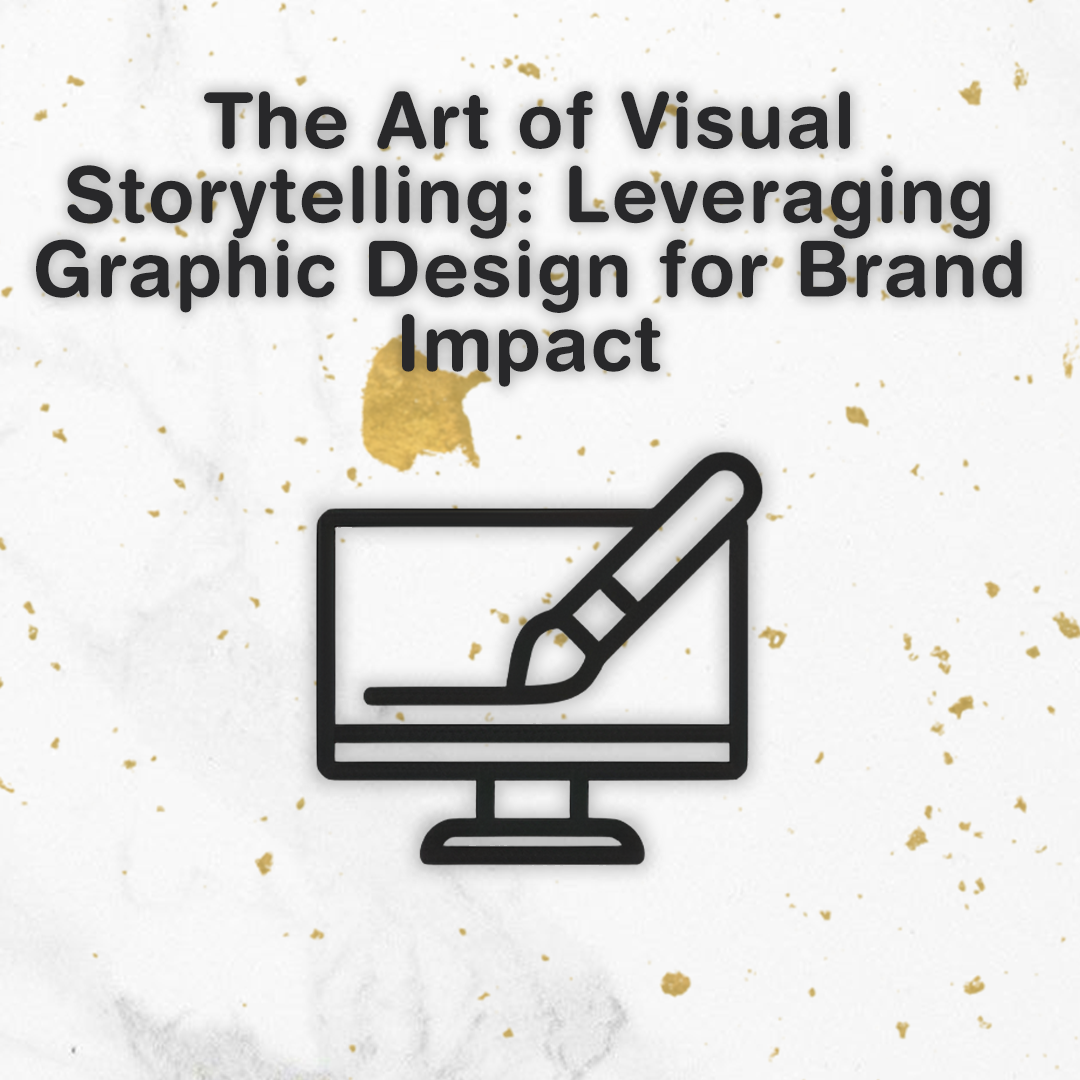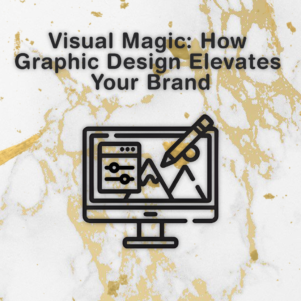In today’s fast-paced world of marketing, capturing the attention and engaging the audience has become a challenging task. This is where the art of visual storytelling comes into play. Visual storytelling, through the use of compelling graphics and design elements, has the power to leave a lasting impact on consumers and convey brand messages effectively.
Understanding Visual Storytelling
Visual storytelling is the practice of using images, graphics, and design elements to communicate narratives and evoke emotions. It goes beyond words and taps into the power of visual communication. Research has shown that our brains process visual information faster and retain it longer, making visual storytelling an effective tool for engaging audiences.
The Power of Graphic Design
Graphic design plays a crucial role in conveying brand values and messages. It is the cornerstone of visual storytelling. Through the use of color, typography, imagery, and other design elements, graphic design has the ability to evoke emotions, create memorable experiences, and drive brand recognition. A well-designed visual can capture the essence of a brand and leave a lasting impression on the audience.
Elements of Effective Design

Effective graphic design incorporates various elements that contribute to storytelling and brand perception. Color, for instance, can evoke specific emotions and set the tone for the brand. Typography, on the other hand, helps convey the brand’s personality and voice. Imagery plays a crucial role in capturing attention and creating a visual narrative. By carefully considering each element, designers can create impactful visuals that resonate with the audience.
Crafting a Visual Narrative
Creating a compelling visual narrative requires a thoughtful approach. Designers need to understand the brand’s story, target audience, and objectives. By aligning these factors, designers can craft visuals that effectively communicate the brand’s message and engage the audience. Successful visual narratives can be seen in various forms, such as advertisements, websites, and social media campaigns.
Aligning Design with Brand Identity
Coherence between design and brand identity is crucial for creating a consistent and recognizable brand image. Design elements should reflect the brand’s values, personality, and positioning. Whether it’s the choice of colors, typography, or imagery, every design decision should align with the brand’s identity. Consistency across various visual assets, such as logos, packaging, and marketing materials, helps reinforce the brand and build trust with the audience.
Impact of Design on Consumer Behavior

Design has a profound impact on consumer behavior. Psychological triggers, such as color associations and visual cues, can influence consumer decisions and perceptions of a brand. Case studies have shown that well-designed packaging, for example, can increase product appeal and drive sales. By understanding the psychology behind design, brands can create experiences that resonate with their target audience and drive desired actions.
Storytelling Across Platforms
Visual storytelling needs to be adapted for different platforms to ensure consistency while tailoring designs for various channels. Whether it’s social media, websites, or print materials, the visual narrative should remain intact while considering the unique characteristics of each platform. Maintaining a consistent brand image across platforms helps reinforce the brand’s identity and ensures a seamless experience for the audience.
Measuring Design Impact
Measuring the effectiveness of graphic design is essential to understand its impact on brand performance. Various tools and analytics can provide insights into how design elements are resonating with the audience and driving desired outcomes. By analyzing data and user feedback, brands can make informed decisions and continuously improve their design strategies.
Future Trends in Graphic Design
The field of graphic design is constantly evolving, and brands need to stay ahead by embracing new design techniques. Emerging trends, such as immersive design, interactive visuals, and augmented reality, are shaping the future of graphic design. By embracing these trends, brands can create unique and memorable experiences that captivate their audience.
Case Studies and Success Stories
Real-world examples of brands leveraging graphic design for impactful storytelling abound. From Nike’s iconic “Just Do It” campaign to Apple’s minimalist and sleek design aesthetic, these brands have successfully used graphic design to convey powerful messages and connect with their audience. By studying these success stories, businesses can gain insights and inspiration for their own design-driven campaigns.
Final Word
Visual storytelling through graphic design is a powerful tool for brands to leave a lasting impact on consumers. By investing in effective design, businesses can create compelling visual narratives that resonate with their audience, convey brand values, and drive brand recognition. In today’s competitive landscape, visual storytelling is an essential component of a successful marketing strategy.





